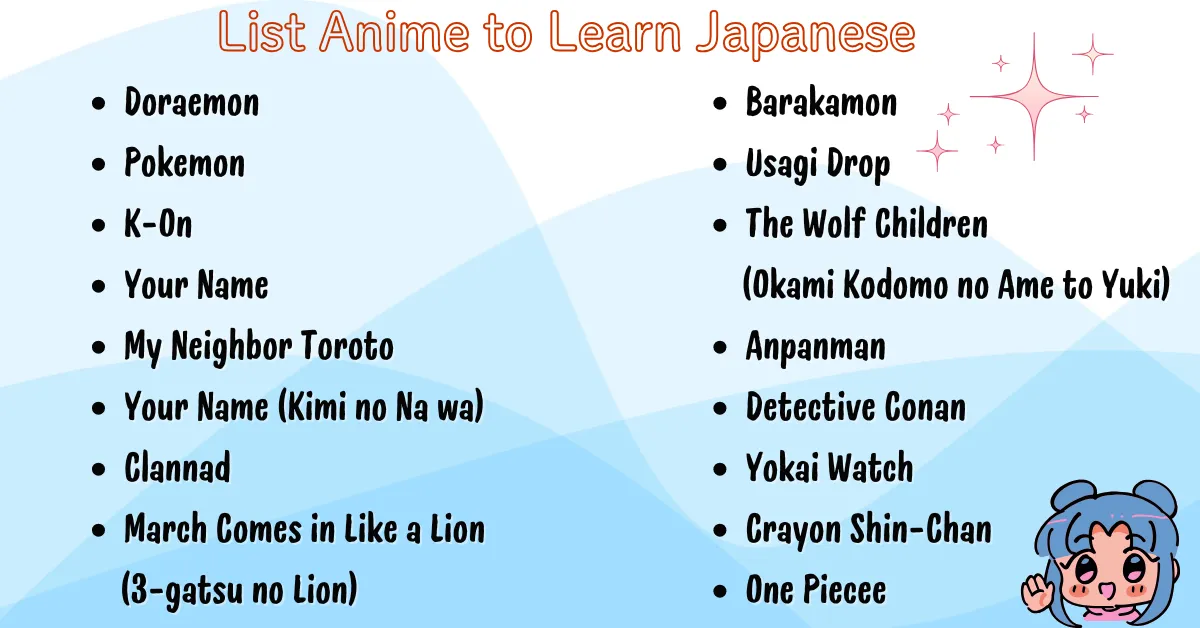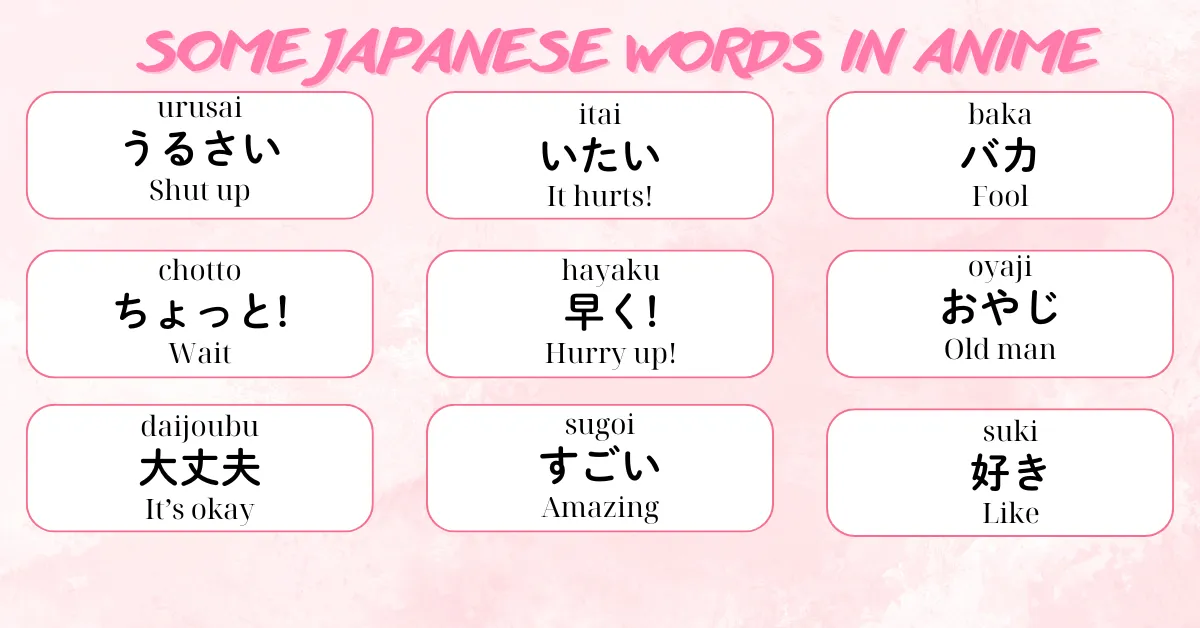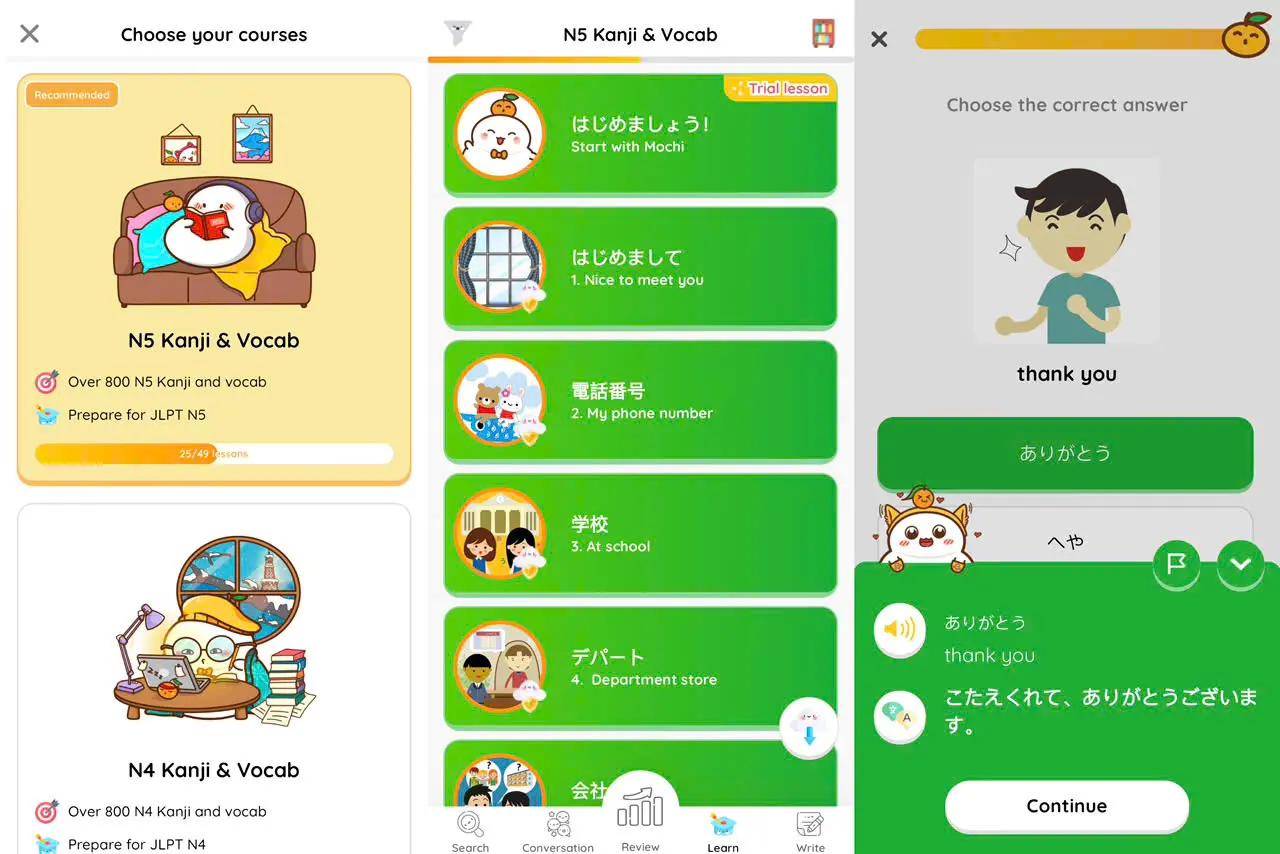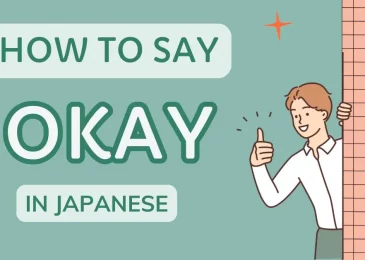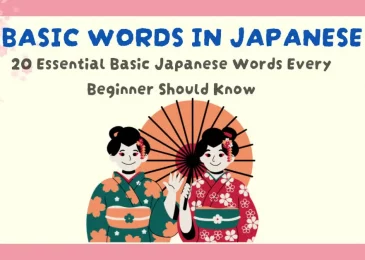Learning Japanese with anime has become a popular method for many language learners, especially those who love Japanese pop culture. Anime is not only entertaining but also offers a unique way to immerse yourself in the language. So, can you really learn Japanese with anime? The short answer is yes, but there are important things to consider when using anime as a study tool.
Benefits of Learning Japanese with Anime
- Real-Life Context
Learning Japanese through anime exposes you to everyday conversations, from school to work, helping you learn practical phrases used in real-life situations.
- Exposure to Natural Speech
Anime offers authentic listening practice, showcasing natural speech patterns, rhythms, and colloquialisms, improving your listening skills and understanding of native Japanese.
- Fun and Engaging
One of the best ways to learn Japanese with anime is that it’s not only effective but also fun. For anime fans, it turns studying into an exciting adventure, making language learning feel more like entertainment than work.
Best Anime Genres for Learning Japanese
When you learn Japanese with anime, choosing the right genre is key. Beginner-friendly genres offer simpler language and accessible dialogues, making it easier to learn everyday expressions, pronunciation, and cultural nuances.
1. Slice-of-Life Anime
These shows focus on daily life, school, work, and family interactions, with simple, natural dialogue. They’re perfect when you want to learn Japanese with anime in real-world settings. Examples:
- My Neighbor Totoro: The story is simple, revolving around two young sisters and their adventures in rural Japan, with dialogue that is easy to follow and understand. The characters speak in clear, everyday Japanese, making it perfect for beginners.
- Your Name (Kimi no Na wa): The characters use realistic, everyday language that reflects how young people in Japan converse with each other. While the plot involves a supernatural twist, the dialogue remains grounded and simple, making it suitable for learners who want to improve their conversational Japanese.
2. School-Themed Anime
School-themed anime often use relatable language about exams, friendships, and social challenges, making them ideal for learning conversational Japanese. These anime tend to use simple, everyday vocabulary, making them a great resource for learners who want to familiarize themselves with casual conversations in a school or social context. Examples:
- Clannad: The language in this anime is simple, with many scenes focusing on everyday school life, friendships, and family. The vocabulary used is practical and relevant for learners interested in casual, day-to-day conversations.
- March Comes in Like a Lion (3-gatsu no Lion): This anime revolves around a young professional shogi player and his emotional growth. It offers a mix of everyday dialogue and some more formal language, making it an excellent choice for learners who are progressing beyond the basics.
3. Comedy and Slice-of-Life Hybrid
Comedy anime that blend slice-of-life elements are also a great way to learn Japanese with anime, offering humorous interactions based on everyday situations. These shows can be especially helpful in understanding different tones and informal expressions used in casual conversations. Examples:
- Barakamon: This lighthearted anime tells the story of a calligrapher who moves to a rural village and learns valuable life lessons from the quirky villagers. The language is simple and relatable, with a lot of heartwarming and funny exchanges.
- K-On!: A fun, music-themed anime following a group of high school girls who form a band. It’s an excellent choice for beginners who want to learn how young people casually speak with each other in school or social settings.
4. Family-Oriented Anime
Family-themed anime, with clear and simple dialogue, provide excellent exposure to language used in family and personal relationships, helping you learn Japanese with anime in an intimate context. Examples:
- Usagi Drop: This heartwarming anime follows a man who unexpectedly becomes the guardian of his late grandfather’s illegitimate daughter. The language used is straightforward and easy to follow, with simple conversations about family life, relationships, and daily activities.
- The Wolf Children (Okami Kodomo no Ame to Yuki): A beautiful, emotional story about a mother raising two wolf children. The themes and vocabulary used are highly accessible, making it a great pick for beginners looking to understand everyday Japanese used in family interactions.
How to Use Anime for Learning Japanese
To get the most out of your anime watching and truly learn Japanese with anime, you need a strategic approach. Here are some practical tips:
Subtitles: On or Off?
Start with subtitles
For beginners, watching anime with subtitles helps you understand the plot while connecting the Japanese words to their meanings. Pay attention to the written text to build your reading skills, but don’t just focus on translation. Try to listen and repeat the words as you read along.
Try watching without subtitles
As you progress, challenge yourself to watch anime without subtitles. This will improve your ability to learn Japanese with anime through pure listening practice. At first, this might feel difficult, but with time, your comprehension will improve. Start by watching familiar scenes or episodes you’ve already seen, and slowly work up to watching new content without subtitles.
Choose Anime Based on Your Skill Level to Learn Japanese
For beginners
Choose anime that uses simple, everyday language. Slice-of-life anime or shows with school settings are perfect because they focus on normal, everyday conversations. For example, anime like My Neighbor Totoro or K-On!
For intermediate learners
As you grow more confident with your Japanese skills, you can start exploring more complex genres like fantasy or historical anime. These shows might introduce more specialized vocabulary, but they will challenge your listening skills and expand your knowledge of the language.
For advanced learners
Once you’re fluent enough, you can explore anime with intricate plots and more sophisticated language.
Learn New Vocabulary with Anime
Use a notebook
As you watch anime, you’ll come across new words and phrases that you may not understand at first. Don’t just let them pass by—write them down! Make it a habit to jot down the words along with their meanings, pronunciation, and usage examples.
Review regularly
It’s not enough to just write down words—regular review is key. Go back to your notes every few days to reinforce what you’ve learned. You can even create flashcards or quizzes to test yourself.
Boost Your Japanese Speaking Skills with Anime
Shadowing
Repeat the dialogue from anime as closely as possible to improve pronunciation and fluency. Mimic the tone, pitch, and rhythm of the characters to practice natural sentence structures. Start with short sentences and increase length as you progress.
Repetition
Repeat phrases or words multiple times in different contexts, adjusting tone or emotion like the characters. Replaying scenes helps reinforce your understanding and makes the language feel more natural.
Limitations of Learning Japanese Through Anime
While anime is a fun way to learn Japanese, it comes with limitations, such as exaggerated speech and slang that may not be useful in real-life situations. These limitations can affect your ability to use the language naturally and appropriately in real-life situations.
1. Exaggerated Speech
Characters often speak in dramatic, over-the-top ways to enhance the emotional impact of a scene. For example, a character might shout phrases like “Nani?!” (What?!), “Yatta!” (I did it!), or “Baka!” (Idiot!), with intense emotion, even in situations that wouldn’t normally provoke such strong reactions. In real-life Japanese, most people speak in a more measured, calm way.
2. Slang and Casual Language
Anime frequently uses informal speech and slang, which can be misleading if you’re trying to learn Japanese for practical purposes. Characters may also use phrases like “Baka” (idiot) or “Chikushou” (damn it) in ways that, while common in anime, could come off as rude or aggressive in real-life interactions. In real-world conversations, especially in business or formal situations, you’ll need to use more polite language.
3. Cultural Context
Anime often portrays an idealized or stylized version of Japanese culture, which can be different from the actual cultural practices you would encounter in everyday life. While it’s true that anime reflects many aspects of Japanese society, it may not always show the subtleties and deeper cultural norms that shape the language.
4. Lack of Grammar Instruction
While anime helps with vocabulary and pronunciation, it does not explicitly teach grammar, which is a fundamental component of learning any language. Anime characters often speak in incomplete sentences or use fragmented expressions to match the fast-paced nature of the medium.
Helpful Tools for Learning Japanese with Anime
If you’re looking for a fun and effective way to learn Japanese, combining anime with the right tools can make a big difference. While watching anime helps immerse you in the language, using an app like MochiKanji can further enhance your learning experience. With its vibrant interface and scientifically-backed methods, the app helps memorize 1000 Japanese words effectively with a joyful learning experience.
MochiKanji goes beyond simple flashcards. Thanks to its innovative use of “Golden Time”, the app maximizes your retention by timing reviews during the most critical moments—just before you’re likely to forget a word.
This scientifically proven method, based on spaced repetition, ensures that you’re reviewing at the optimal intervals. By revisiting words at these key moments, MochiKanji helps you build a stronger long-term memory, making your study sessions not only more efficient but also more rewarding.
With the MochiKanji app, learning Japanese feels less like a chore and more like a fun, seamless part of your day. Whether you’re at home or on the go, you can boost your Japanese skills anytime, anywhere!
Conclusion
Learning Japanese through anime can be a fun and effective way to improve your language skills, especially if you combine it with more structured study methods. By choosing the right anime, using subtitles, and applying effective study techniques, you can enhance your listening, vocabulary, and speaking abilities. Just remember to balance your anime learning with formal lessons to make sure you’re ready for real-world conversations!

